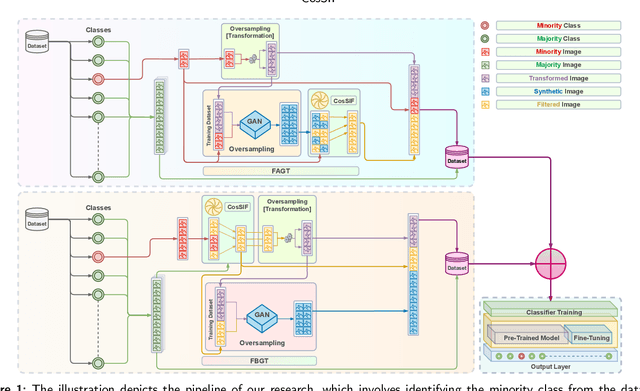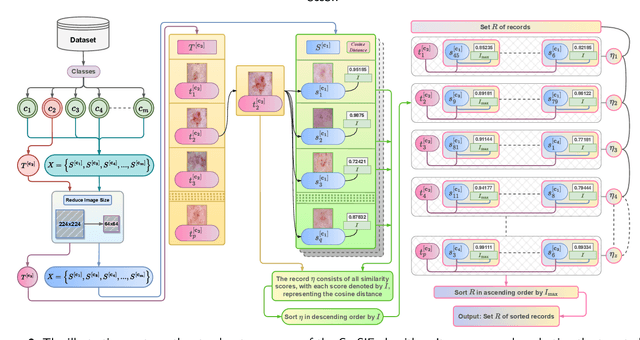Mominul Islam
CQ CNN: A Hybrid Classical Quantum Convolutional Neural Network for Alzheimer's Disease Detection Using Diffusion Generated and U Net Segmented 3D MRI
Mar 04, 2025Abstract:The detection of Alzheimer disease (AD) from clinical MRI data is an active area of research in medical imaging. Recent advances in quantum computing, particularly the integration of parameterized quantum circuits (PQCs) with classical machine learning architectures, offer new opportunities to develop models that may outperform traditional methods. However, quantum machine learning (QML) remains in its early stages and requires further experimental analysis to better understand its behavior and limitations. In this paper, we propose an end to end hybrid classical quantum convolutional neural network (CQ CNN) for AD detection using clinically formatted 3D MRI data. Our approach involves developing a framework to make 3D MRI data usable for machine learning, designing and training a brain tissue segmentation model (Skull Net), and training a diffusion model to generate synthetic images for the minority class. Our converged models exhibit potential quantum advantages, achieving higher accuracy in fewer epochs than classical models. The proposed beta8 3 qubit model achieves an accuracy of 97.50%, surpassing state of the art (SOTA) models while requiring significantly fewer computational resources. In particular, the architecture employs only 13K parameters (0.48 MB), reducing the parameter count by more than 99.99% compared to current SOTA models. Furthermore, the diffusion-generated data used to train our quantum models, in conjunction with real samples, preserve clinical structural standards, representing a notable first in the field of QML. We conclude that CQCNN architecture like models, with further improvements in gradient optimization techniques, could become a viable option and even a potential alternative to classical models for AD detection, especially in data limited and resource constrained clinical settings.
CosSIF: Cosine similarity-based image filtering to overcome low inter-class variation in synthetic medical image datasets
Jul 25, 2023



Abstract:Crafting effective deep learning models for medical image analysis is a complex task, particularly in cases where the medical image dataset lacks significant inter-class variation. This challenge is further aggravated when employing such datasets to generate synthetic images using generative adversarial networks (GANs), as the output of GANs heavily relies on the input data. In this research, we propose a novel filtering algorithm called Cosine Similarity-based Image Filtering (CosSIF). We leverage CosSIF to develop two distinct filtering methods: Filtering Before GAN Training (FBGT) and Filtering After GAN Training (FAGT). FBGT involves the removal of real images that exhibit similarities to images of other classes before utilizing them as the training dataset for a GAN. On the other hand, FAGT focuses on eliminating synthetic images with less discriminative features compared to real images used for training the GAN. Experimental results reveal that employing either the FAGT or FBGT method with modern transformer and convolutional-based networks leads to substantial performance gains in various evaluation metrics. FAGT implementation on the ISIC-2016 dataset surpasses the baseline method in terms of sensitivity by 1.59\% and AUC by 1.88\%. Furthermore, for the HAM10000 dataset, applying FABT outperforms the baseline approach in terms of recall by 13.75\%, and with the sole implementation of FAGT, achieves a maximum accuracy of 94.44\%.
 Add to Chrome
Add to Chrome Add to Firefox
Add to Firefox Add to Edge
Add to Edge